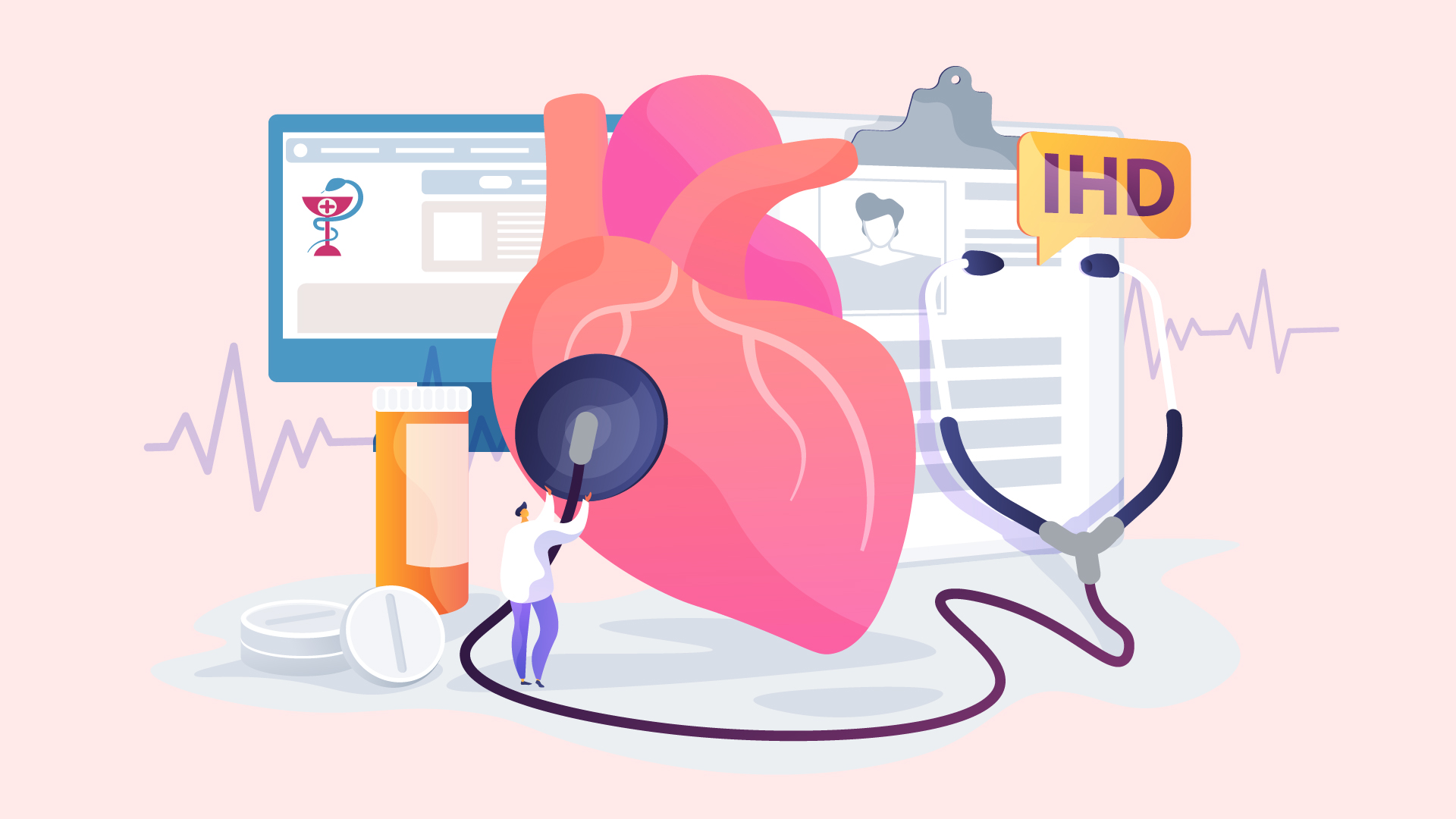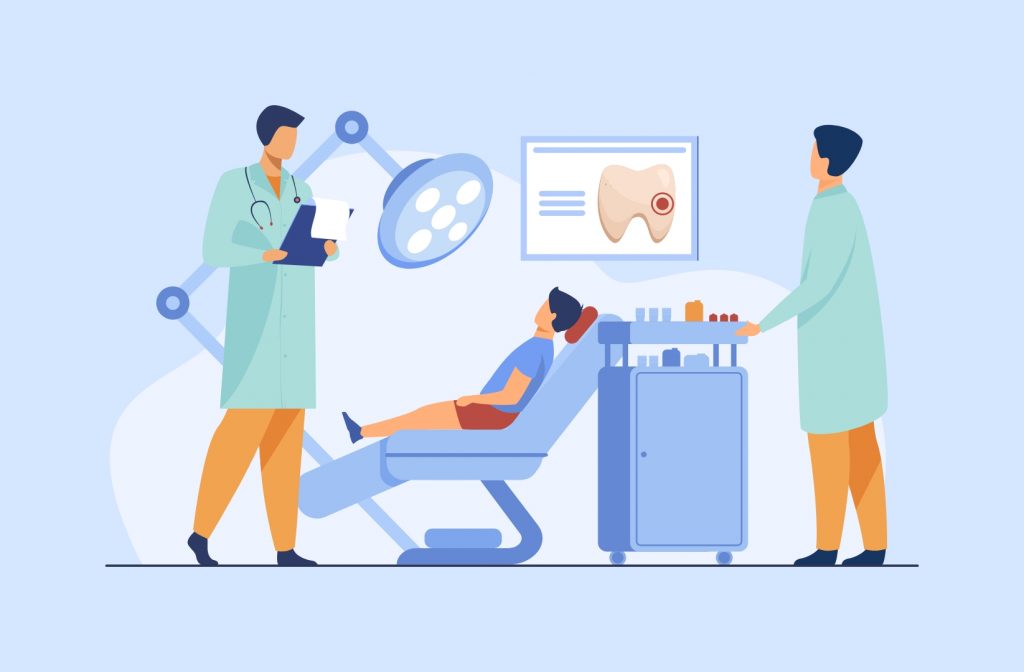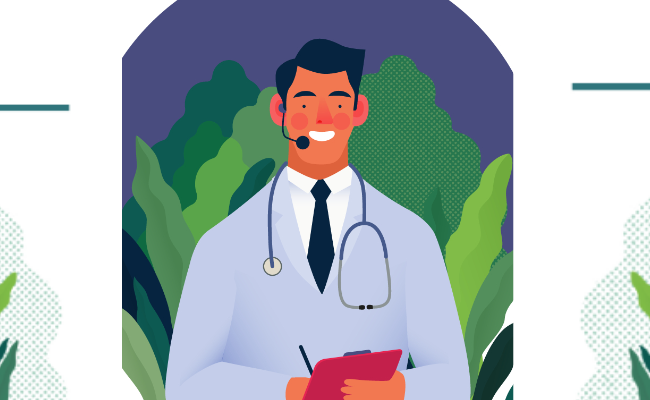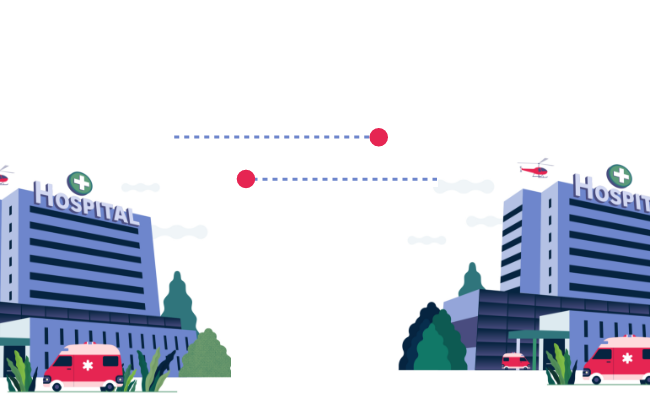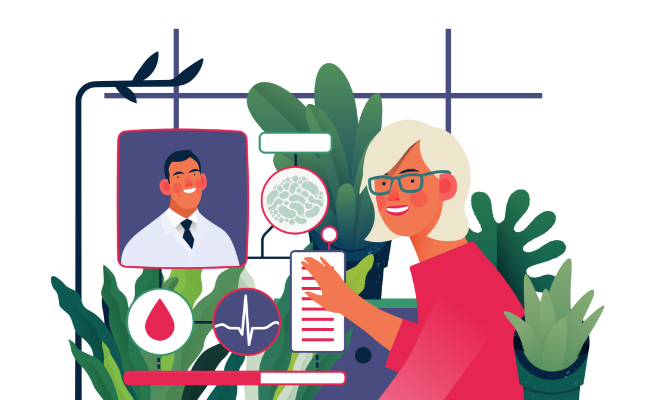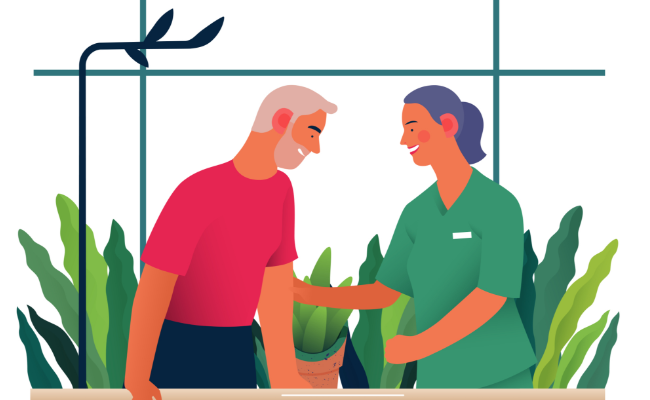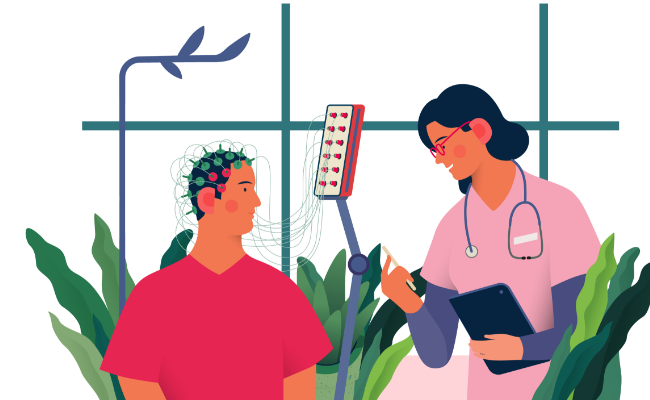Traditional Medicare
Traditional Medicare, also known as Original Medicare, has been the foundation of senior healthcare in the U.S. since its inception in 1965. It consists of two parts:
- Part A (Hospital Insurance): Covers inpatient hospital stays, care in a skilled nursing facility, hospice care, and home health care.
- Part B (Medical Insurance): Covers outpatient care, doctor services, preventive services, and some home health care.
Traditional Medicare operates on a fee-for-service basis, where beneficiaries can visit any healthcare provider that accepts Medicare. However, it does not cover all healthcare costs, leaving gaps such as prescription drugs (covered under Part D), dental, vision, and long-term care.
Medicare Advantage
Medicare Advantage is an alternative to Traditional Medicare. These plans are offered by private insurance companies approved by Medicare and must cover at least what Traditional Medicare covers, but often include additional benefits such as prescription drug coverage, dental, vision, hearing, and wellness programs.
Medicare Advantage plans usually operate as Health Maintenance Organizations (HMOs) or Preferred Provider Organizations (PPOs), which means that beneficiaries may have to use a network of doctors and hospitals and may need referrals to see specialists.
Medicare Advantage Care Management programs are initiatives designed to help Medicare Advantage (MA) plan beneficiaries manage their health, particularly those with chronic conditions or complex health needs. These programs aim to improve patient outcomes, enhance care coordination, and reduce healthcare costs by providing personalized care and support to beneficiaries.
Key Components of Medicare Advantage Care Management Programs
- Care Coordination
- Primary Care Provider (PCP) Engagement: Care management programs often assign a primary care provider (PCP) to coordinate all aspects of a patient’s care. This includes managing referrals to specialists, ensuring follow-up appointments, and overseeing overall treatment plans.
- Interdisciplinary Care Teams: These programs may involve a team of healthcare professionals, including doctors, nurses, pharmacists, social workers, and care managers, who work together to provide comprehensive care.
- Chronic Care Management
- Disease-Specific Programs: Many care management programs focus on managing chronic conditions like diabetes, heart disease, COPD, and hypertension. These programs provide education, monitoring, and interventions tailored to the specific needs of patients with these conditions.
- Telehealth and Remote Monitoring: MA plans often incorporate telehealth services and remote patient monitoring (RPM) to keep track of patient’s health status in real time, enabling timely interventions and reducing hospitalizations.
- Medication Management
- Medication Reconciliation: Care managers review and reconcile medications to ensure patients are taking the right medications at the right times, minimizing the risk of adverse drug interactions.
- Pharmacy Coordination: Programs may include coordination with pharmacies to streamline medication delivery and ensure that patients adhere to their prescribed treatment regimens.
- Personalized Care Plans
- Individualized Plans: Each beneficiary receives a personalized care plan based on their specific health needs, preferences, and goals. These plans are regularly updated to reflect changes in the patient’s condition or treatment.
- Patient and Family Engagement: Care management programs actively involve patients and their families in the care planning process, ensuring that the care provided aligns with the patient’s wishes and lifestyle.
- Preventive Care and Wellness Programs
- Health Screenings and Vaccinations: MA plans may offer preventive care services, such as regular health screenings and vaccinations, to catch potential health issues early and prevent complications.
- Wellness Programs: Many care management programs include wellness initiatives like fitness classes, nutritional counseling, and smoking cessation programs to promote healthier lifestyles among beneficiaries.
- Transition of Care
- Post-Hospitalization Follow-Up: Care management programs often include follow-up care after hospitalizations to ensure that patients transition smoothly back to their homes and adhere to their post-discharge care plans.
- Reducing Readmissions: By closely monitoring patients after discharge and providing necessary support, these programs aim to reduce hospital readmissions, which can be costly and detrimental to patient health.
- Home and Community-Based Services
- In-Home Care: Some Medicare Advantage plans provide in-home care services, including home health visits, to support patients with mobility issues or those recovering from surgery.
- Community Resources: Care management programs may connect patients with community resources, such as transportation services, meal delivery, and social support groups, to address social determinants of health.
Benefits of Medicare Advantage Care Management Programs
- Improved Health Outcomes: By providing coordinated, comprehensive care, these programs help manage chronic conditions more effectively, leading to better overall health outcomes for beneficiaries.
- Enhanced Patient Satisfaction: Personalized care plans and active patient engagement contribute to higher satisfaction rates among Medicare Advantage enrollees.
- Cost Savings: Effective care management can reduce the need for emergency room visits and hospitalizations, leading to lower healthcare costs for both beneficiaries and Medicare Advantage plans.
- Preventive Care Emphasis: By focusing on preventive care and early intervention, these programs help to identify and address health issues before they become serious, further improving patient outcomes.
Market Data and Statistics: A Comparative Look
Enrollment Trends
- Growing Popularity of Medicare Advantage: As of 2024, nearly 50% of all Medicare beneficiaries (around 31 million people) are enrolled in Medicare Advantage plans. This represents a significant increase from 19% in 2007, reflecting a growing preference for the additional benefits and coordinated care that Medicare Advantage offers.
- Traditional Medicare Enrollment: Despite the rise of Medicare Advantage, approximately 30 million seniors remain enrolled in Traditional Medicare, valuing its flexibility and extensive provider network.
Costs and Out-of-pocket Expenses
- Premiums and Out-of-Pocket Costs: Traditional Medicare beneficiaries typically pay a premium for Part B (around $164.90 per month in 2024) and may purchase supplemental insurance (Medigap) to cover out-of-pocket costs like deductibles, coinsurance, and copayments. Medigap premiums can range widely but often average around $150 per month.
- Medicare Advantage Costs: Medicare Advantage plans often have lower or even $0 premiums, but they may come with higher out-of-pocket costs, such as copayments, coinsurance, and deductibles. These plans also have a maximum out-of-pocket limit (averaging around $8,850 in 2024), which Traditional Medicare does not offer.
Access to Care
- Provider Networks: One of the primary differences is the provider network. Traditional Medicare allows access to any doctor or hospital that accepts Medicare, which is virtually all providers in the country. In contrast, Medicare Advantage plans typically require beneficiaries to use a network of providers, which can be more restrictive.
- Care Coordination: Medicare Advantage plans often include care coordination services, where a primary care physician manages a beneficiary’s care, potentially leading to better health outcomes. Traditional Medicare does not offer this feature, leaving care coordination up to the patient and their providers.
Coverage for Additional Services
- Prescription Drugs: Traditional Medicare beneficiaries must enroll in a separate Part D plan to receive prescription drug coverage. Medicare Advantage plans usually include Part D coverage as part of the plan.
- Dental, Vision, and Hearing: Medicare Advantage plans often include coverage for dental, vision, and hearing services—benefits not typically covered by Traditional Medicare.
- Wellness Programs: Many Medicare Advantage plans offer additional perks, such as gym memberships, transportation services, and wellness programs, which are not available through Traditional Medicare.
Pros and Cons of Medicare Advantage vs. Traditional Medicare
Medicare Advantage: Pros and Cons
Pros:
- Comprehensive Coverage: Medicare Advantage plans often include additional benefits such as prescription drugs, dental, vision, and wellness programs.
- Lower Premiums: Many Medicare Advantage plans offer lower premiums, with some even offering $0 premium options.
- Care Coordination: These plans often provide care coordination services, which can lead to better management of chronic conditions.
Cons:
- Network Restrictions: Beneficiaries are typically required to use a network of providers, which can limit access to preferred doctors and hospitals.
- Out-of-Pocket Costs: Although premiums may be lower, out-of-pocket costs for services can be higher, especially if care is received outside the network.
- Complexity: Medicare Advantage plans can be complex, with varying rules and costs that may change annually.
Traditional Medicare: Pros and Cons
Pros:
- Flexibility: Beneficiaries can visit any doctor or hospital that accepts Medicare, providing broad access to care.
- Stable Coverage: Traditional Medicare benefits are consistent and do not change based on geographic location or network.
- Supplemental Coverage: Medigap policies are available to help cover out-of-pocket costs, reducing financial risk.
Cons:
- Higher Premiums: The combination of Part B premiums and Medigap premiums can result in higher overall costs.
- No Cap on Out-of-Pocket Spending: Traditional Medicare does not have a maximum out-of-pocket limit, which can expose beneficiaries to high costs in case of serious illness.
- Limited Additional Benefits: Traditional Medicare does not cover services like dental, vision, hearing, or wellness programs.
What’s Best for Seniors?
Deciding between Medicare Advantage and Traditional Medicare depends on individual circumstances, including health needs, financial situation, and personal preferences.
Consider Medicare Advantage if:
- You prefer a plan with a lower premium that includes additional benefits.
- You value the convenience of having all your healthcare needs covered under one plan, including prescription drugs.
- You are comfortable using a network of providers and are looking for care coordination services.
Consider Traditional Medicare if:
- You want the flexibility to choose any doctor or hospital that accepts Medicare.
- You are willing to pay higher premiums for the stability of coverage and the option to purchase a Medigap policy to minimize out-of-pocket costs.
- You prefer to avoid the restrictions and complexity of network-based care.
Conclusion
The choice between Medicare Advantage and Traditional Medicare is a significant decision for seniors in the United States. With nearly 50% of Medicare beneficiaries now enrolled in Medicare Advantage plans, it’s clear that the additional benefits and lower premiums are appealing to many. However, Traditional Medicare’s flexibility and stability continue to attract millions of seniors who prioritize broad access to care.
Medicare Advantage Care Management programs play a crucial role in delivering high-quality, personalized care to beneficiaries, particularly those with chronic or complex health needs. Through coordinated care, chronic care management, medication oversight, and preventive services, these programs aim to enhance patient outcomes, reduce healthcare costs, and improve the overall experience for Medicare Advantage enrollees. As these programs continue to evolve, they will likely become even more integral to the success of Medicare Advantage plans in providing value-based care.
Ultimately, the best choice depends on individual needs and circumstances. By carefully considering the pros and cons of each option, along with the latest market data and Medicare statistics, seniors can make an informed decision that best suits their healthcare needs and financial situation.
As the healthcare landscape continues to evolve, it’s crucial for seniors to stay informed about their Medicare options and to re-evaluate their coverage annually during the open enrollment period to ensure it continues to meet their needs.

